Too much tension? Textile Structures in tense environments
Please login to view abstract download link
Instead of best practice examples we increasingly face worst case scenarios. Even if there are still impressive case studies of tensioned structures which serve as role models, the industry has recently been stumbling into rumbling times. Challenges come not only for economical reasons but increase in environmental aspects, too. One of the immanent challenges lies in replacing the forever chemical PFAS. Even if the industry recently gained some time for providing alternatives, it remains a critical aspect to tackle within the second half of the 2020s. The last decade has been lost in finding straightforward recycling solutions for fabrics and foils. Even if the industry has been talking about various loop systems for about 15 years, there is still a lack of recycling systems that truly close the loop. Taking foils and their advantage as mono-material, there is to date no loop system that transforms shredded foils into raw material for tensioned structures. Even less is true for fabrics. As composite material they need more complicated steps to separate fabric from coating. Chemical as well as mechanical procedures failed to provide raw material for new coated fabrics to be used in tensile projects. State of the art is a mobile recycling system that does not need transportation logistics but begins the reclamation process where an old roof is taken down. To date this happens on lab scale only and is still a downcycling process. Another approach has been present on the market for about 5 years: using recycled polyester, e.g. from PET bottles, for spinning the yarn and hence weave recycled fabrics. Very slow progress in establishing these recycled meshes – for example for textile façades – showcase another good idea awaiting implementation. Apart from these environmental challenges, key players of the industry are closing their business entirely, plants shutting their doors for good – signs of apparent disruptions in global markets. Additionally, essential raw materials are under heavy tariff pressure, resulting in a price increase that challenges one of the industry's main assets: apart from being lightweight, being a low cost material due to the mere savings on mass. The presentation sets a highlight on the most imminent challenges and looks for their reasons. It presents options for transitions to take tensile architecture into the second half of the 2020s.

